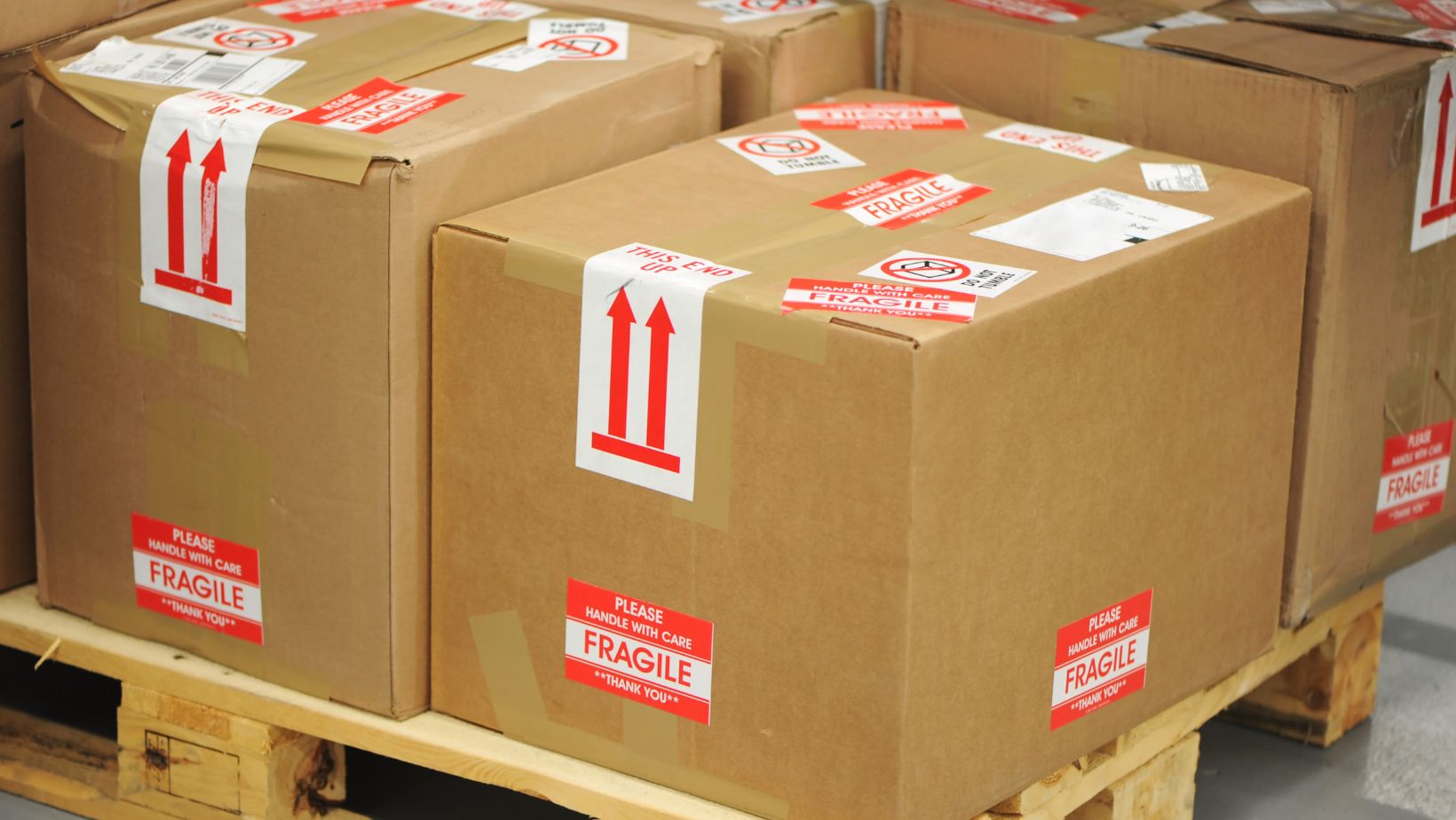 New to the logistics industry? Some shipping terminology could cross you as a little perplexing, and two of the most commonly used terms—shipping label and waybill—often get mixed up. Both are essential in the transportation of goods, and both serve different purposes and contain completely different information. Wondering what’s the difference between them? Well, read on. We walk through what makes each of those crucial documents unique and why both are vital for efficient logistics operations.
New to the logistics industry? Some shipping terminology could cross you as a little perplexing, and two of the most commonly used terms—shipping label and waybill—often get mixed up. Both are essential in the transportation of goods, and both serve different purposes and contain completely different information. Wondering what’s the difference between them? Well, read on. We walk through what makes each of those crucial documents unique and why both are vital for efficient logistics operations.
What Is a Shipping Label?
In essence, a shipping label is a package’s address tag, but it contains a lot more information. It is a tiny, rectangular label that is attached to the outside of a package and contains the information required to guarantee that the package gets to the right person.
A standard shipping label contains the following information:
- Sender and Receiver Details: include the shipper’s and recipient’s names, addresses, and, occasionally, phone numbers.
- Barcode: Used to scan and monitor shipments while they are en route.
- Shipping Method: Overnight, expedited, or regular delivery.
- Package Details: include weight, size, and occasionally the kind of item being transported.
Shipping labels utilize shipping labels to swiftly and accurately route items. They serve as the package’s digital fingerprint, making it possible to follow it throughout its entire trip. In the sea of things handled every day, shipments without a shipping label are prone to becoming misplaced.
What Is a Waybill?
A waybill is a more comprehensive document that records the products being shipped and acts as a transportation contract. In contrast to shipping labels, waybills are frequently carried by the carrier or made available digitally rather than being affixed to the shipment directly.
Waybills typically include these:
- Detailed Shipment Information: Contents, dimensions, and weight of the shipment.
- Pick-Up and Delivery Addresses: These go beyond what’s on the label by specifying logistical arrangements.
- Freight Charges and Payment Details: A record of who’s paying for the shipment (sender or receiver) and the cost of transportation.
- Tracking Numbers and Carrier Information: Ensuring proper routing and handling by the logistics provider.
Waybills come in a variety of forms, including land waybills for road transportation and air waybills for air freight. They serve as a formal contract between the shipper and the carrier, and if the recipient signs them, they could also be used as evidence of delivery.
The Key Differences Between a Shipping Label and a Waybill
Now that you know what each document does, let’s break down the differences:
| Feature | Shipping Label | Waybill |
| Purpose | Identifies and routes the package | Serves as a contract and shipping record |
| Location | Attached to the parcel | Held by carrier or available digitally |
| Information Provided | Basic package and address details | Comprehensive shipment details and terms |
| Legal Role | Primarily operational | Legally binding document for transportation |
Consider the waybill as the shipment’s “contract” and the shipping label as the “address card.” The latter makes sure that all terms and conditions for the items’ transportation are recorded, whilst the former is concerned with making sure the shipment gets to its destination.
Why Are Both Important?
In a successful shipping and logistics operation, shipping labels and waybill tracking work hand-in-hand. Here’s why both are essential:
- For Accuracy: The shipping label ensures packages are routed to the right address, while the waybill provides a complete record of the shipment, minimizing misunderstandings.
- For Tracking: Both documents include tracking details, but the waybill often provides more in-depth information about the entire shipment journey.
- For Legal and Financial Purposes: The waybill acts as proof of contract between the shipper and the carrier, especially in case of disputes or claims.
How Modern Solutions Simplify the Process
Logistics technology has made it easier than ever to create and maintain waybills and shipment labels. Fulfillment providers use digital platforms to automate these procedures, which lowers errors and expedites shipping. For instance, computers can automatically generate a waybill with all required contractual information and a shipping label with scannable barcodes after an order is placed.
Businesses can monitor all paperwork in one location with integrated logistics tools, guaranteeing smooth communication between shippers, carriers, and recipients.
In Conclusion
Despite their apparent similarities, waybills and shipping labels serve different but complementary purposes in the shipping process. A waybill guarantees that all the terms and specifics of that cargo are accurately recorded, while a shipping label gets your goods to their destination.
Understanding these distinctions is essential for companies navigating the logistics landscape in order to streamline processes and guarantee seamless delivery. You can easily manage waybills and shipping labels with the correct fulfillment solutions, which will save you time, cut down on mistakes, and increase customer happiness.
You will, therefore, be fully aware of the part each document plays in the package’s journey the next time you send or receive one. Happy shipping!

















